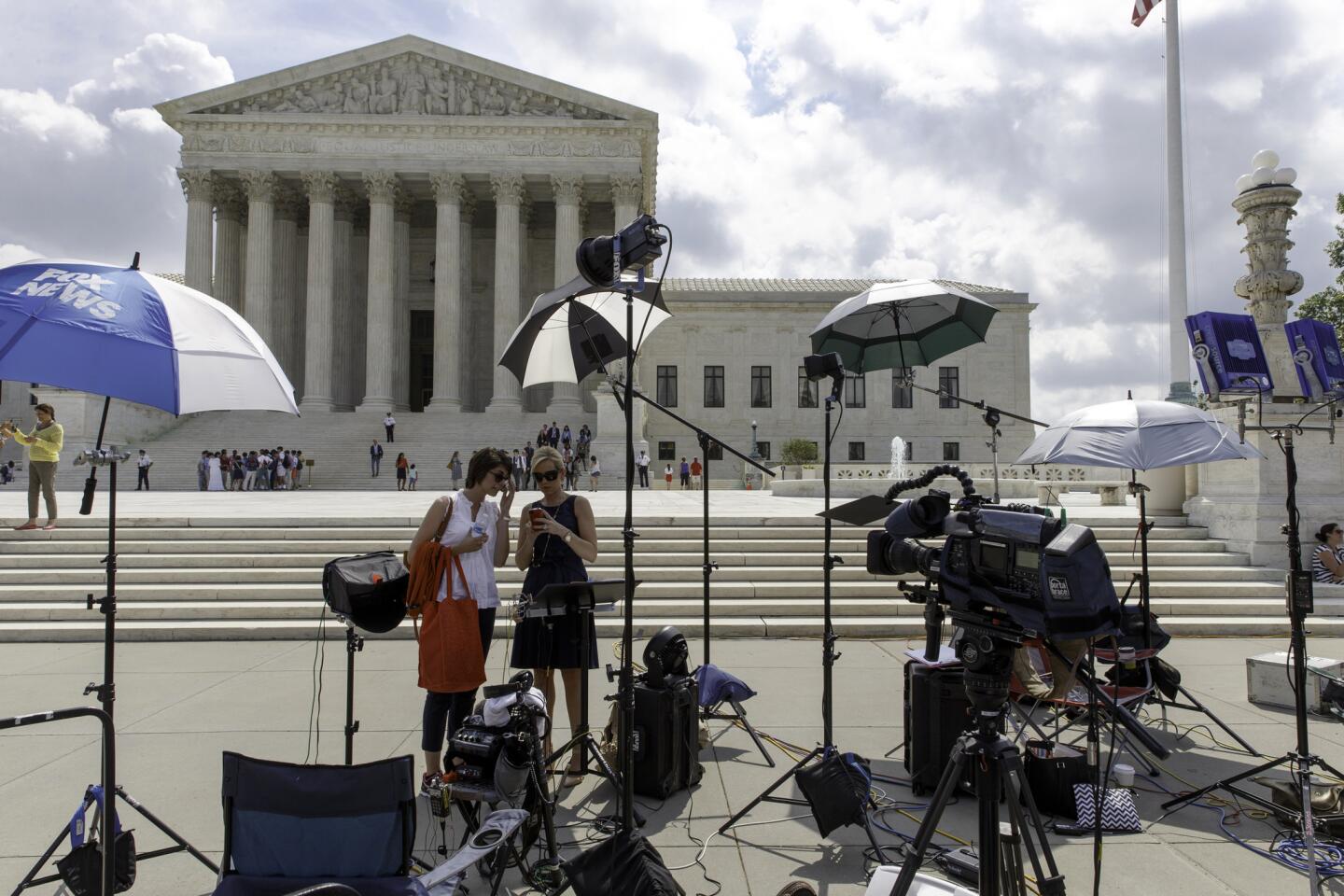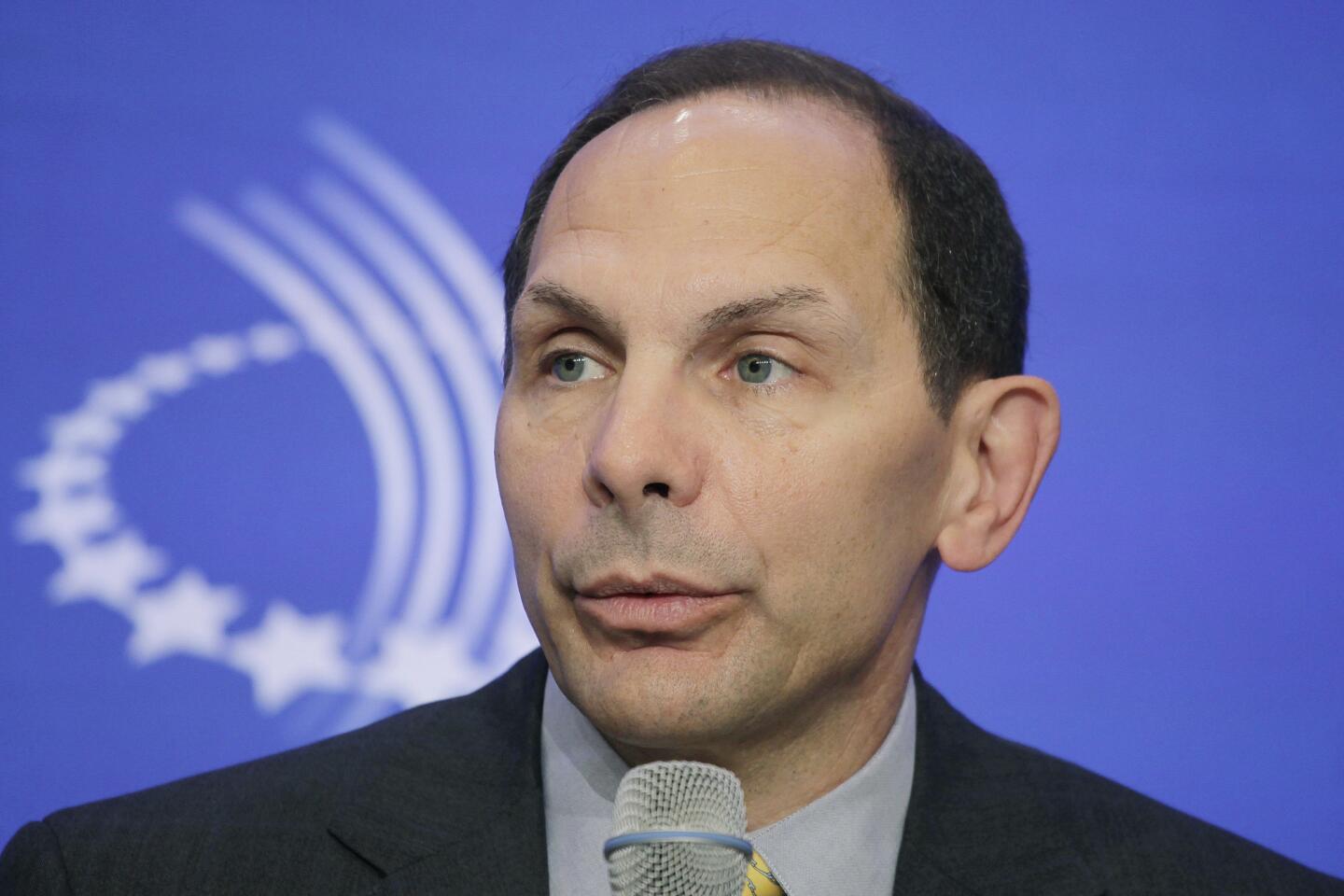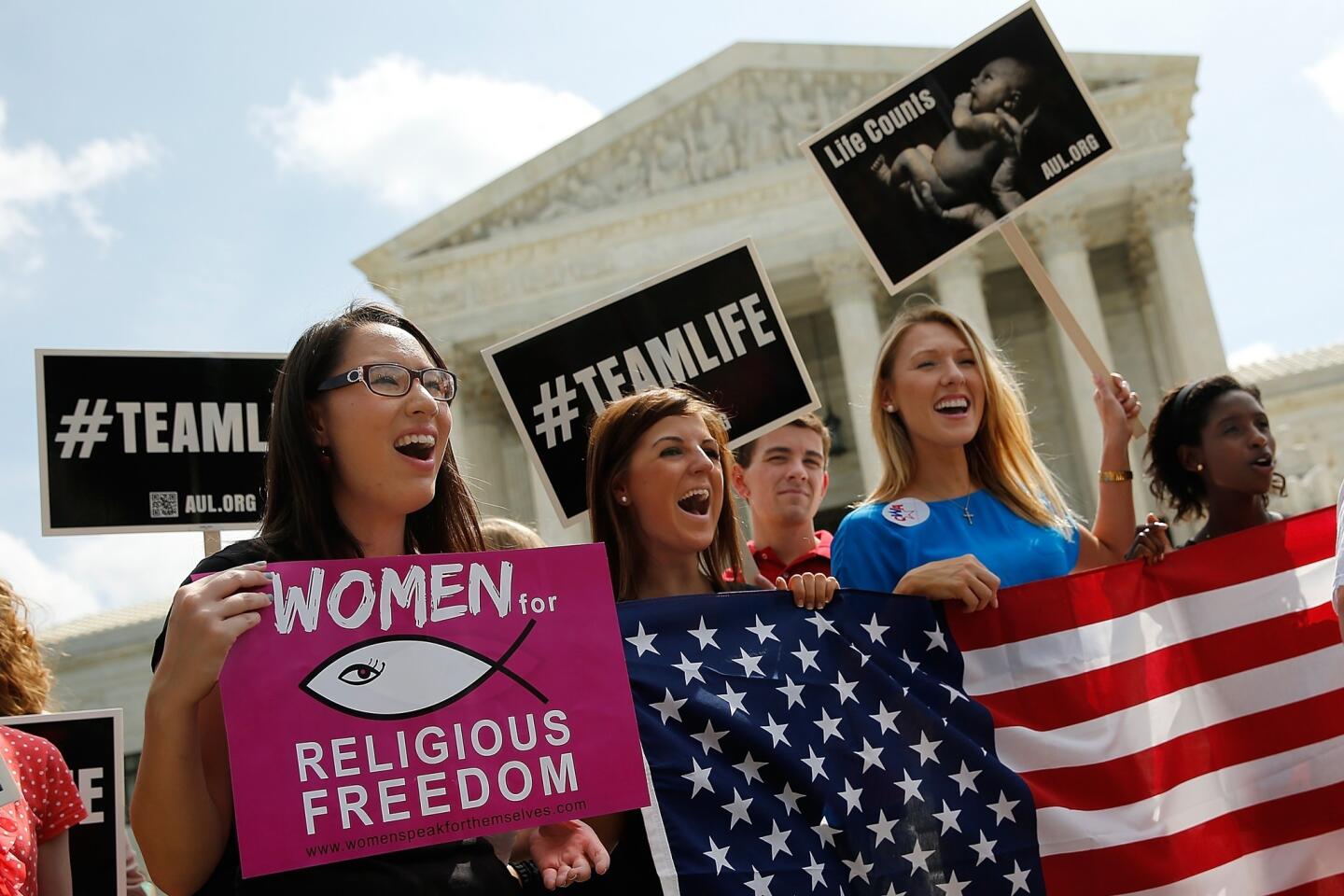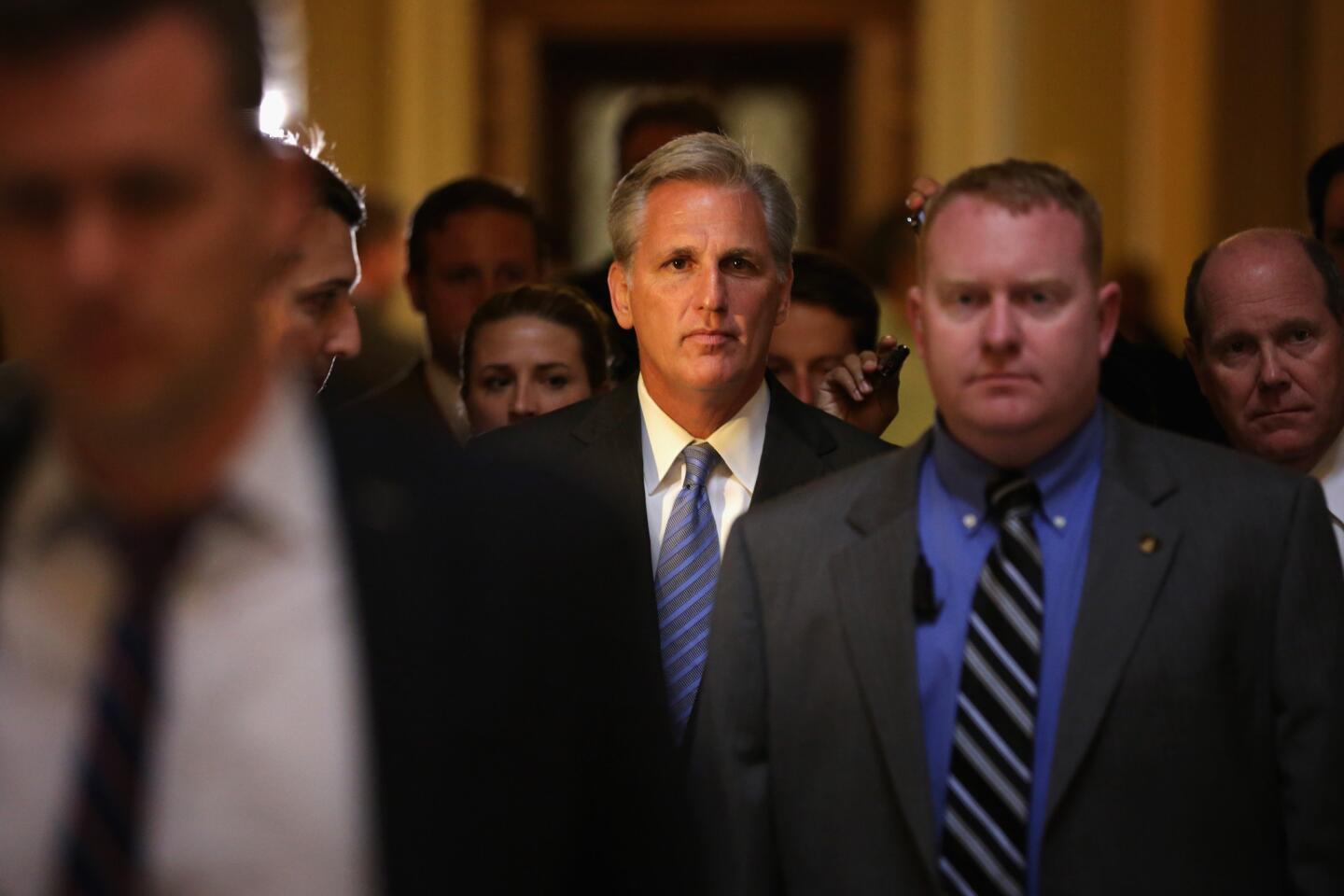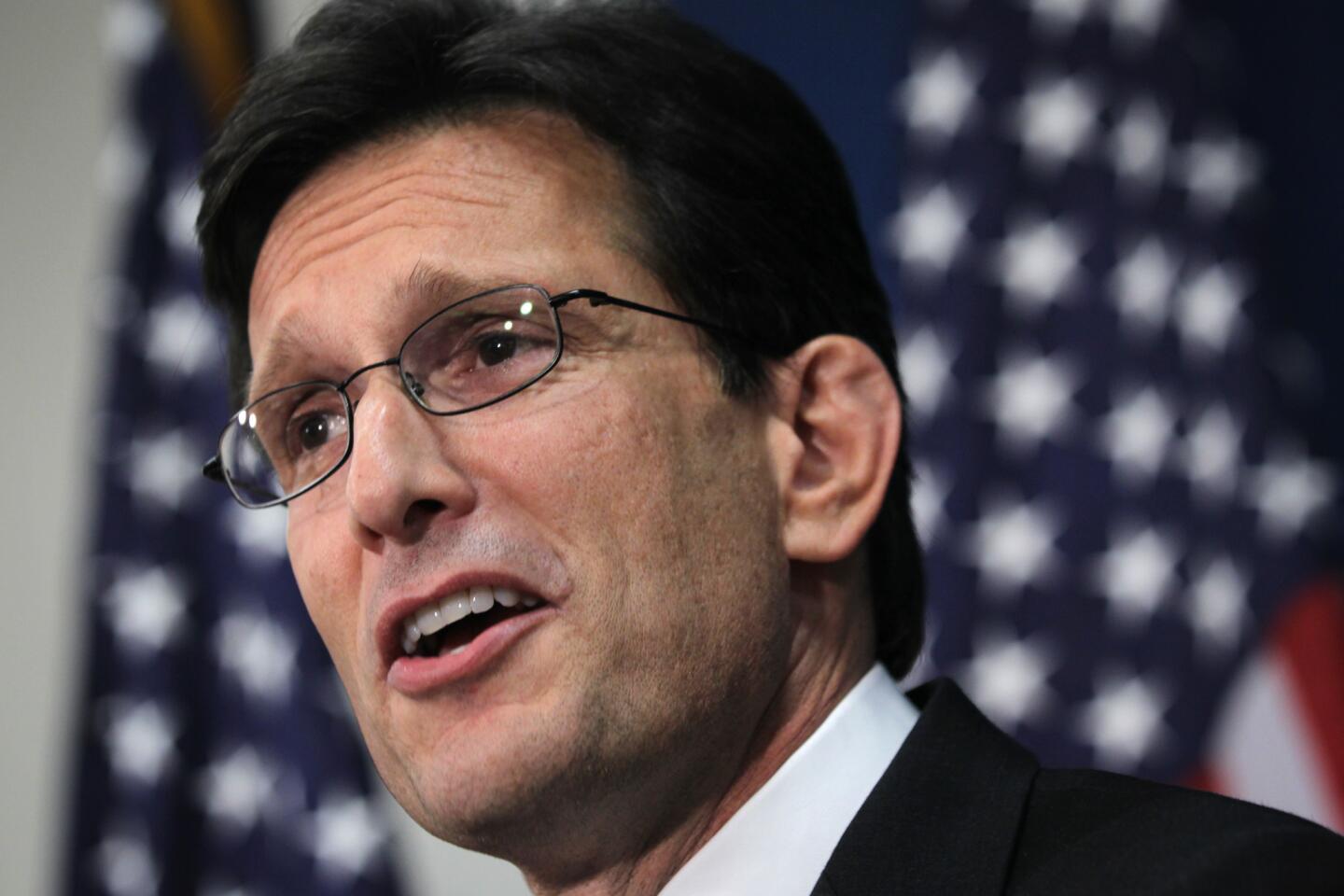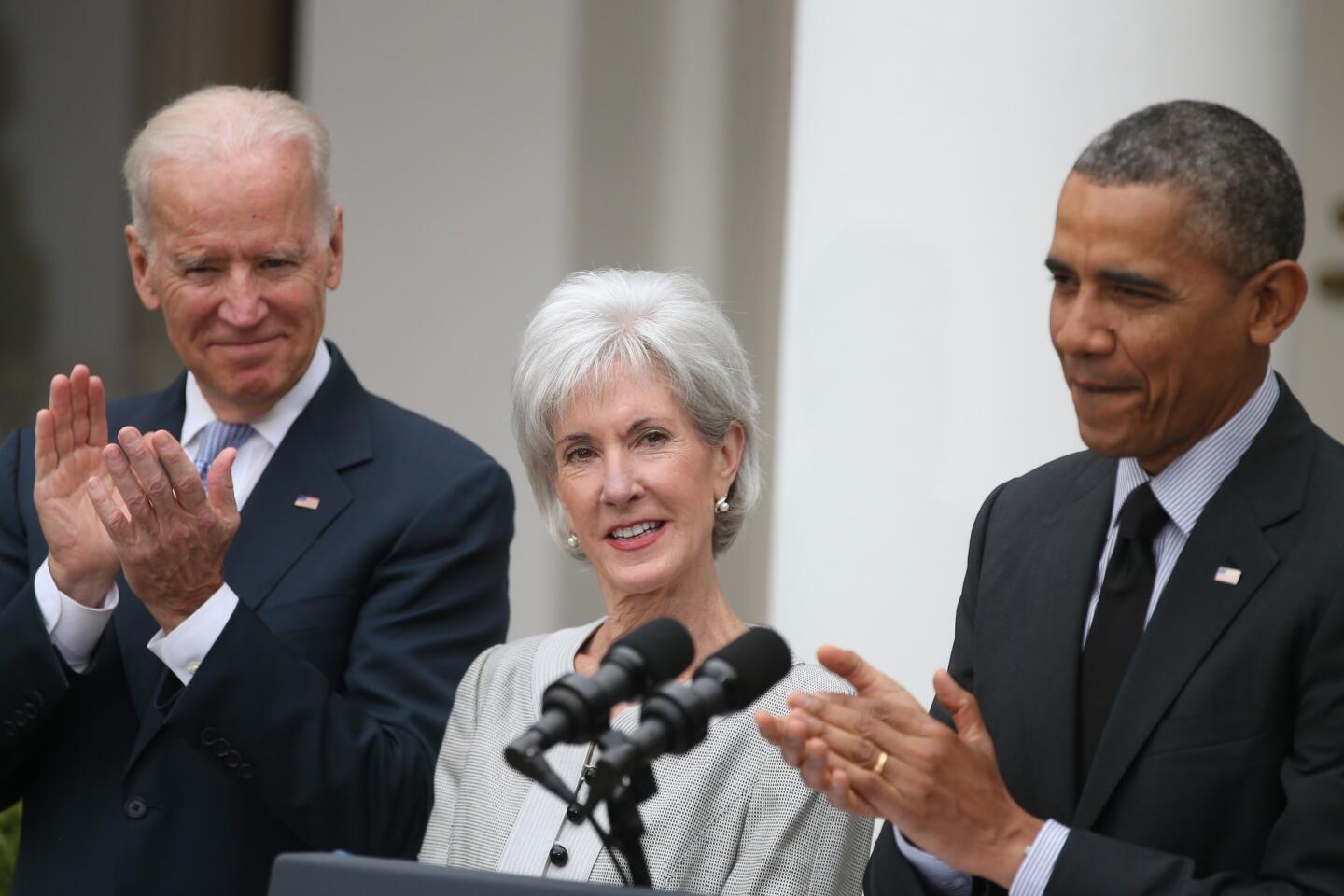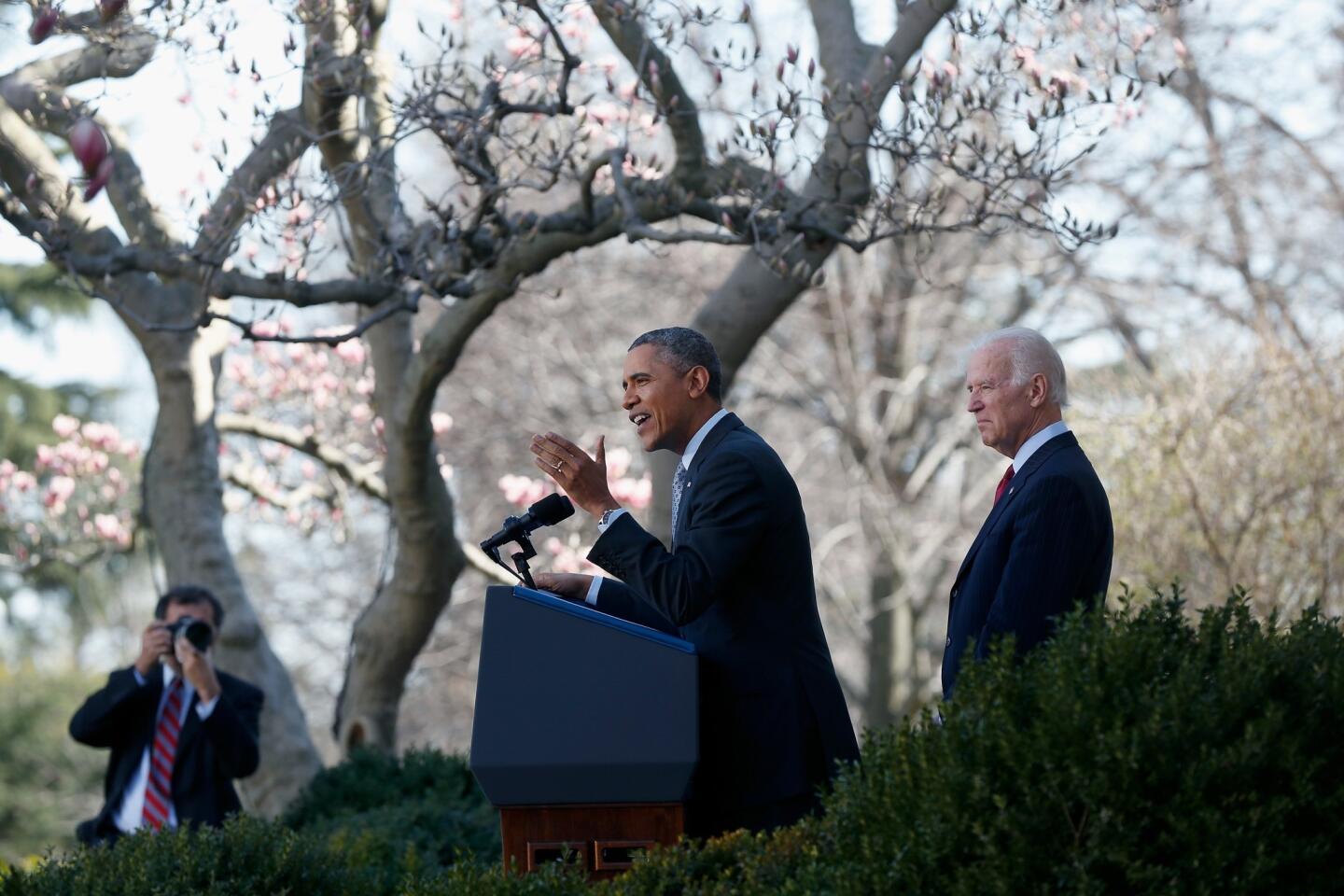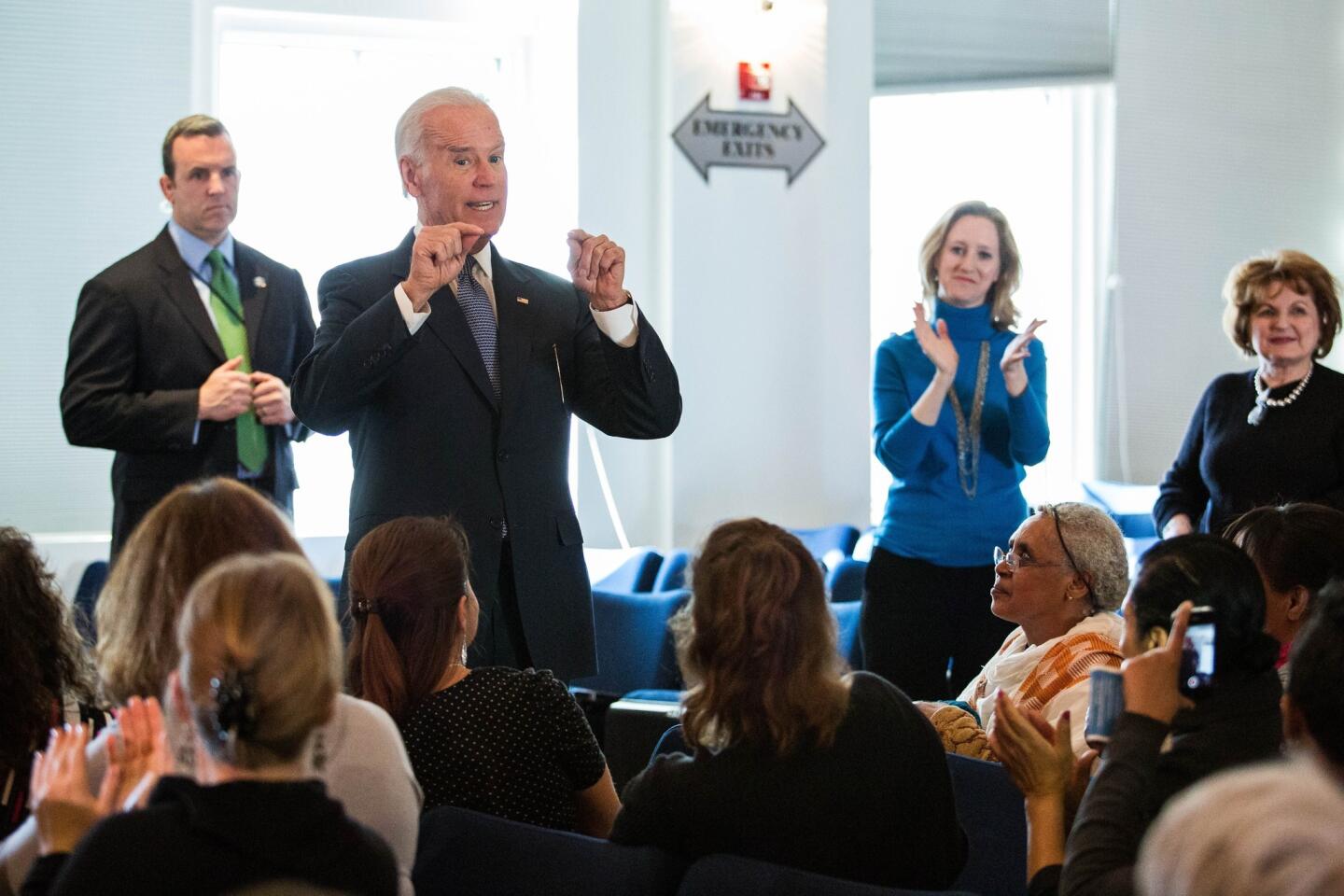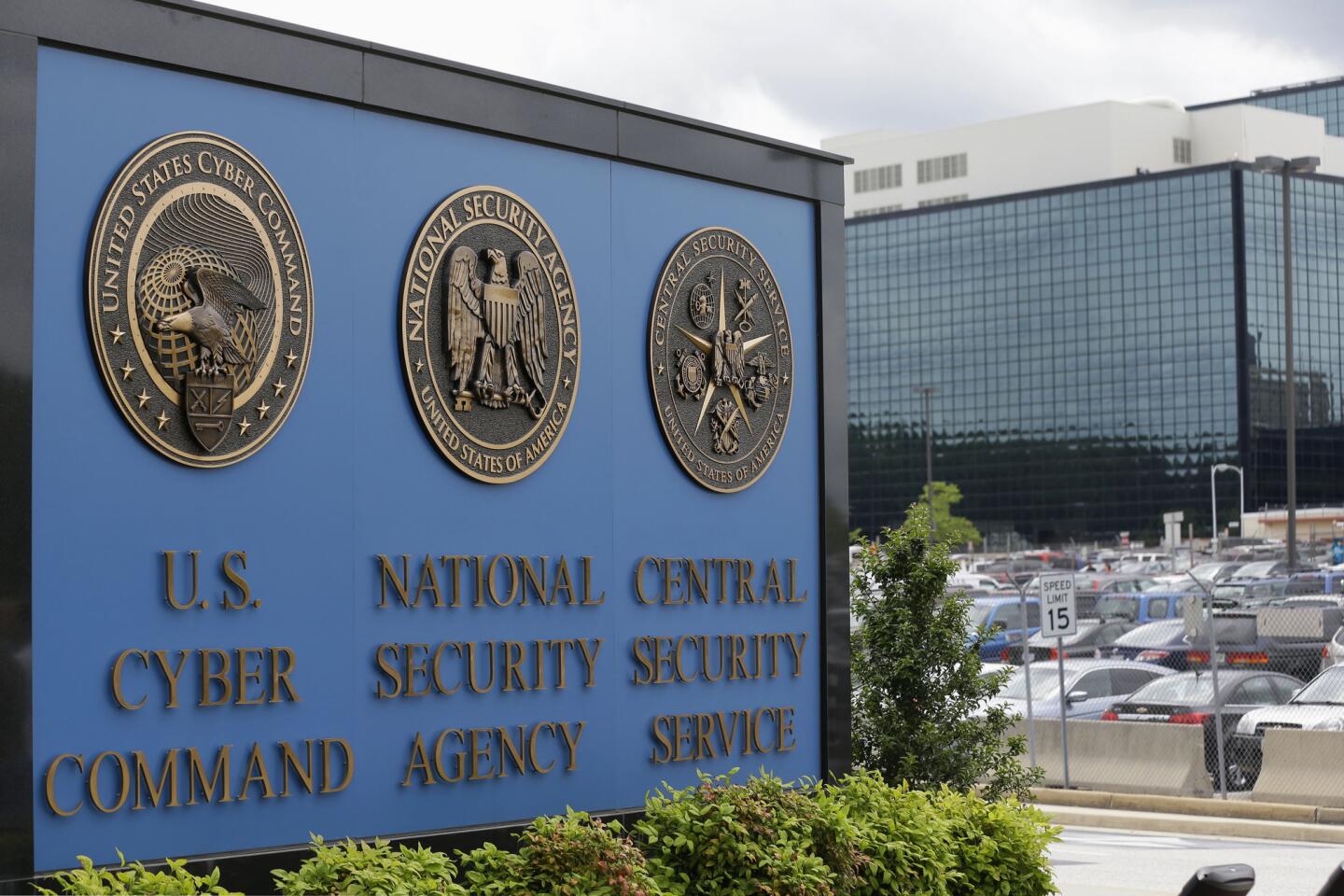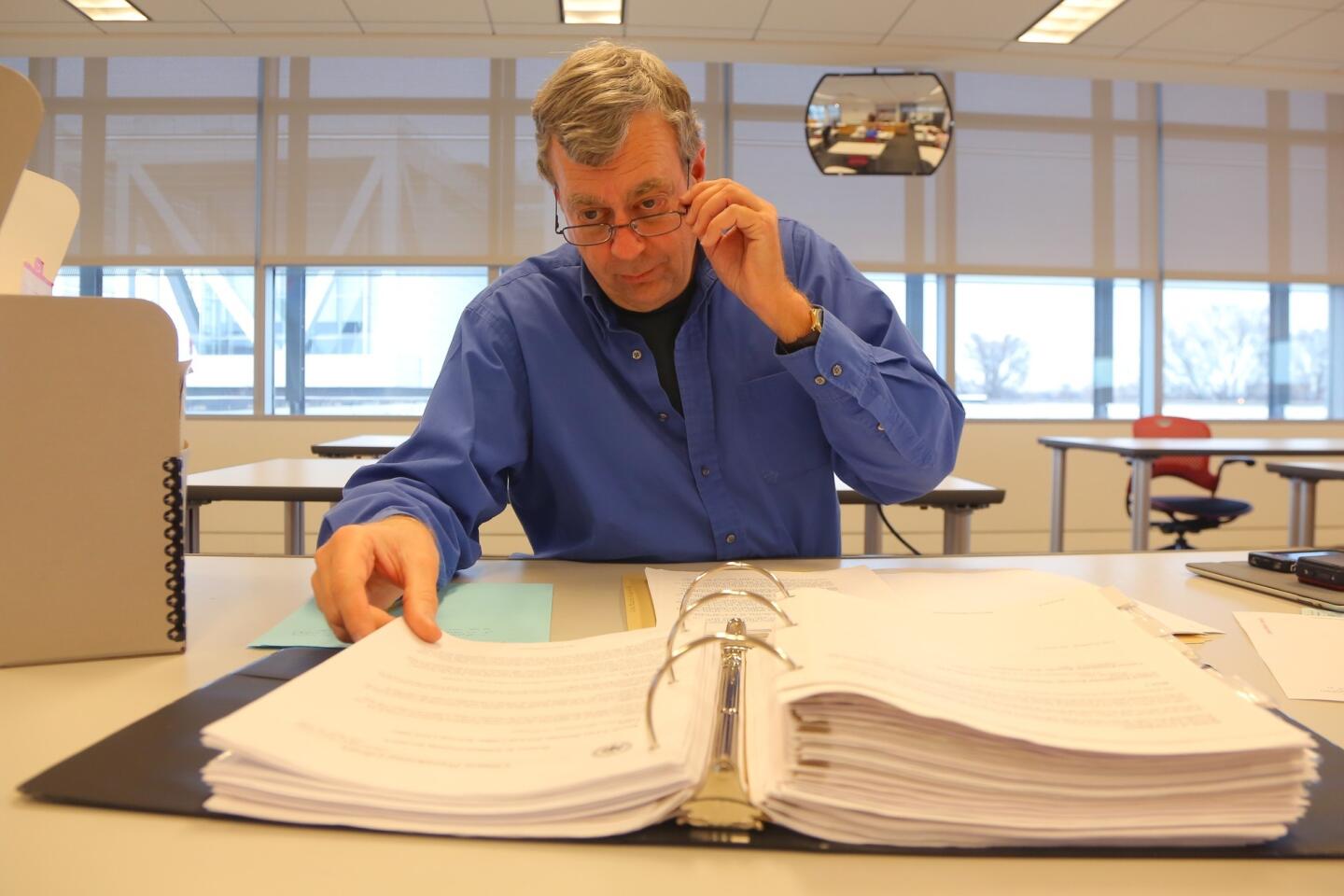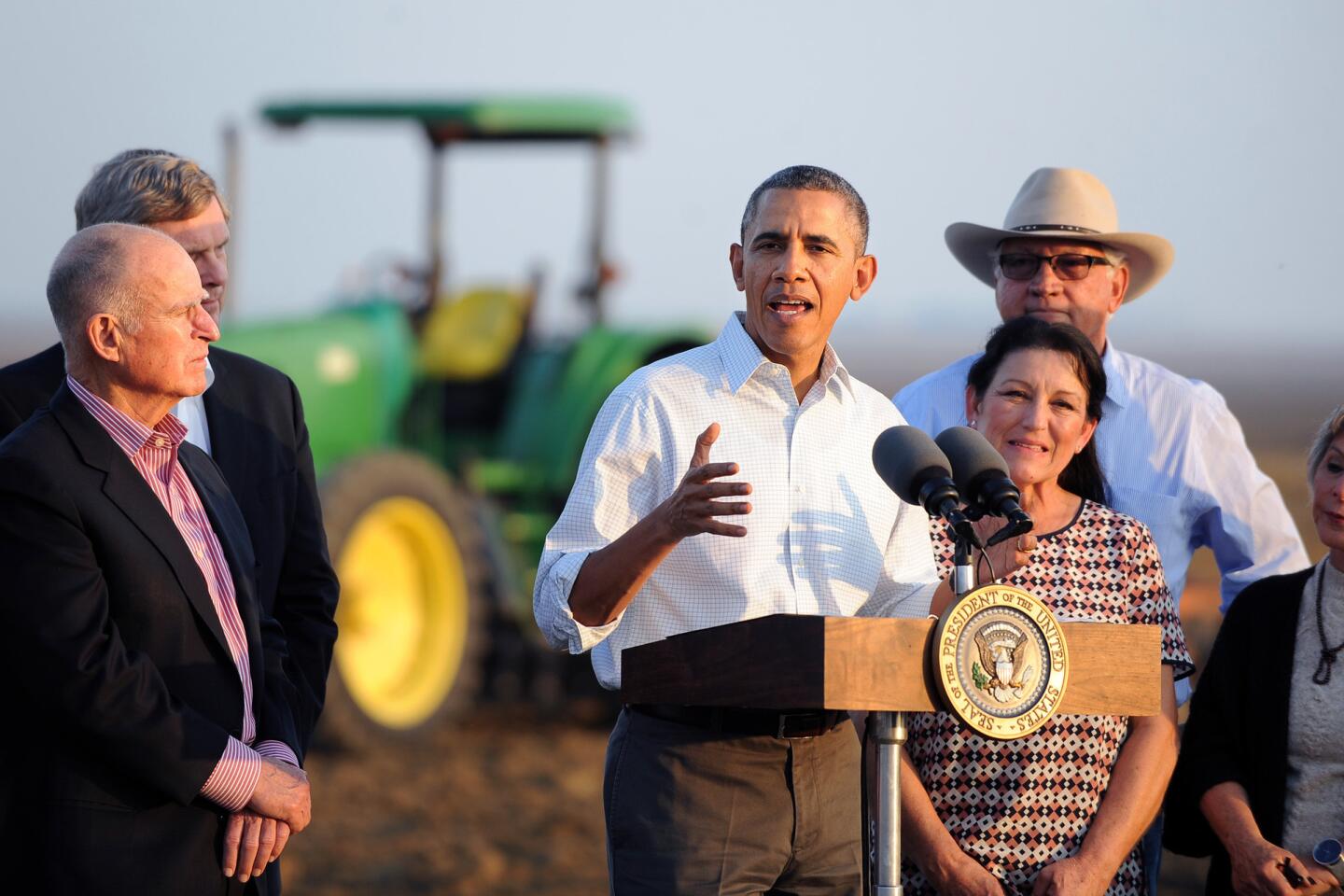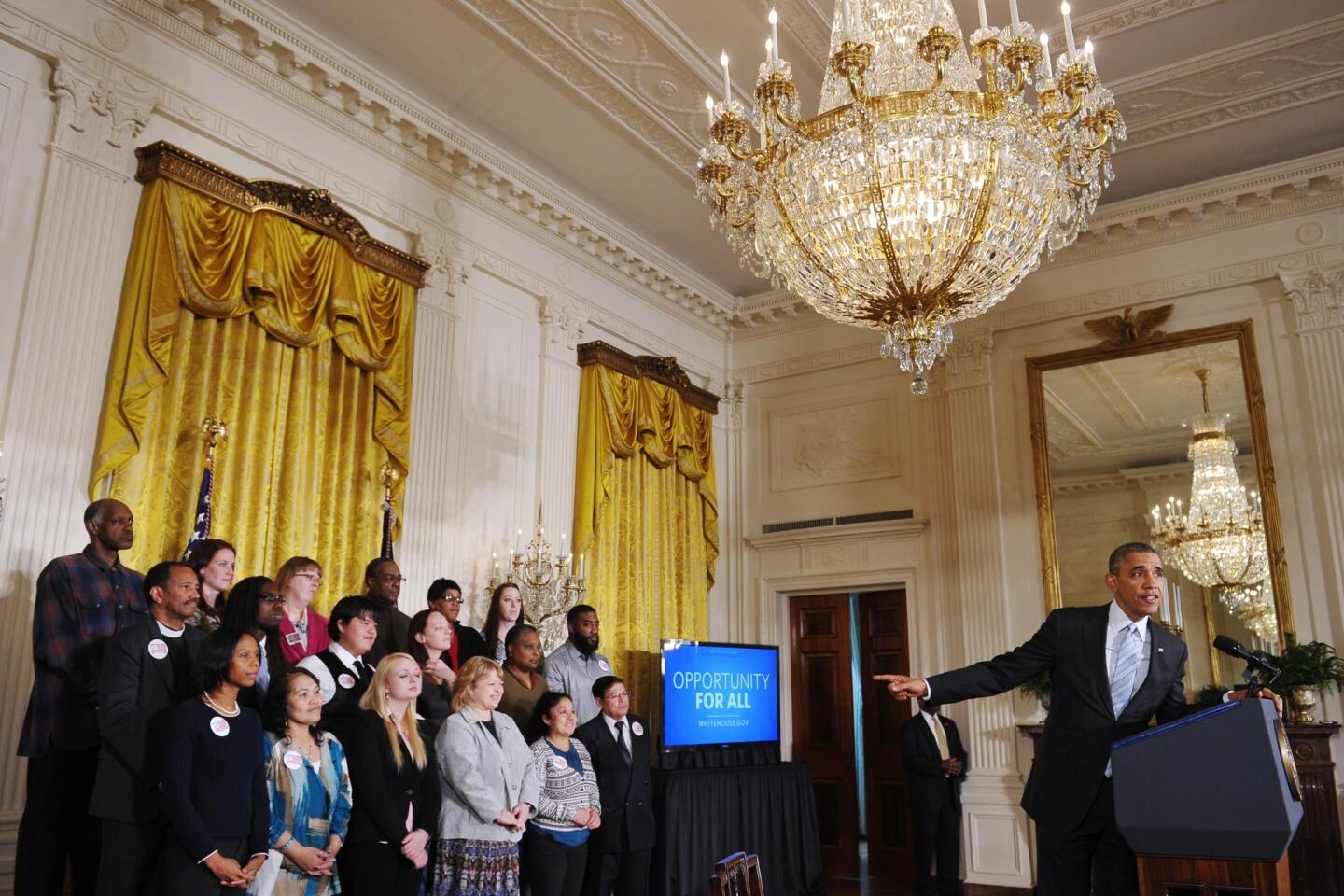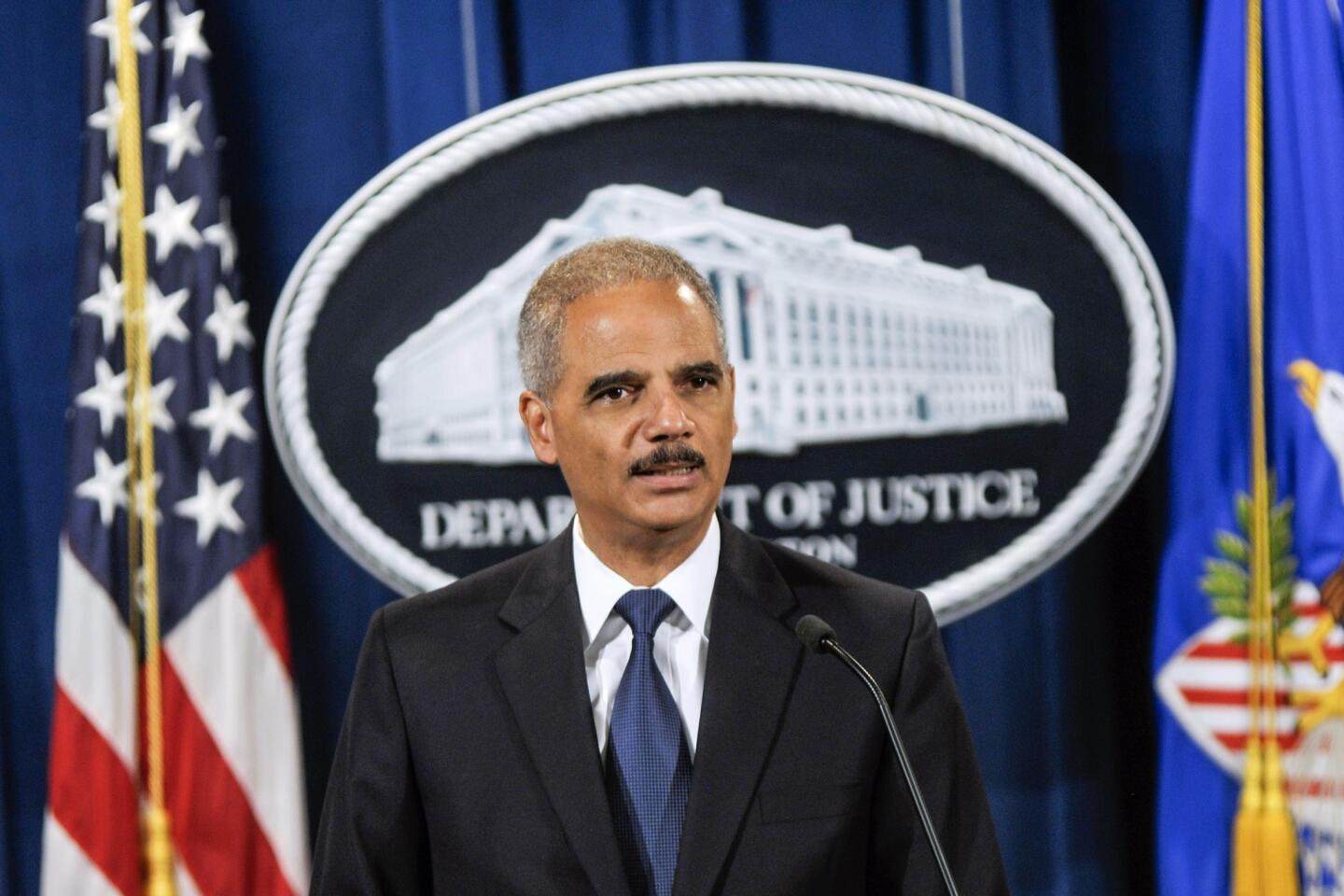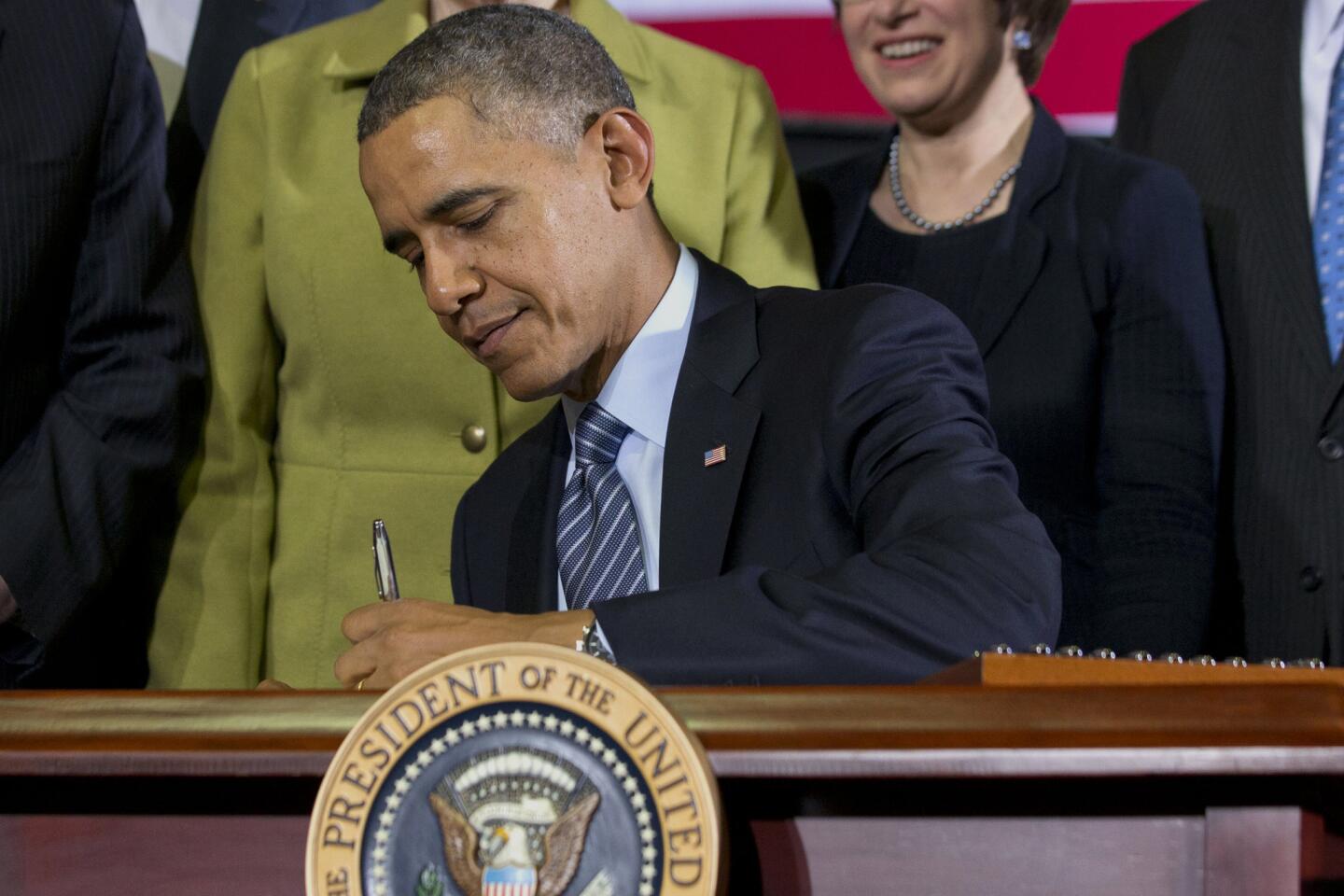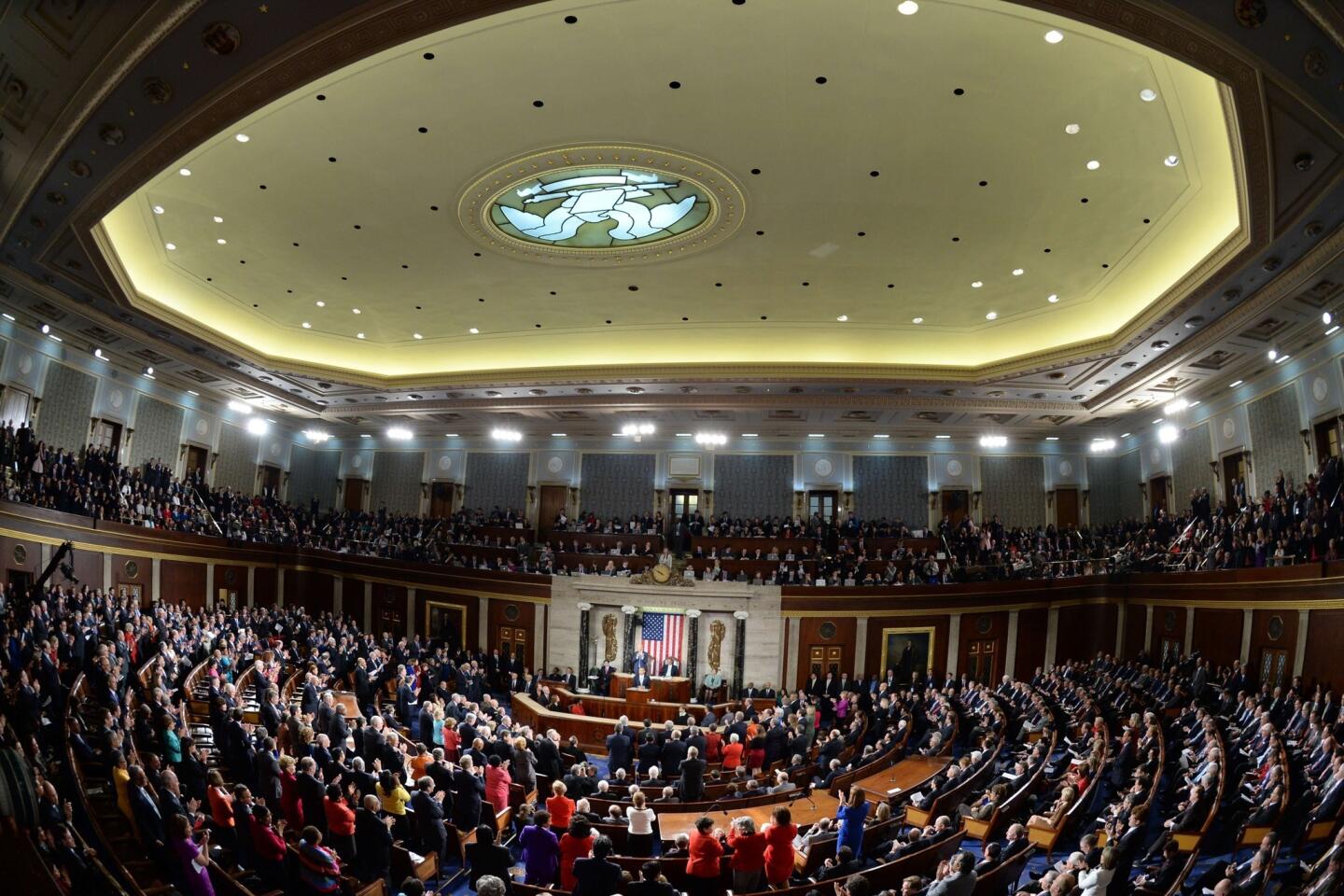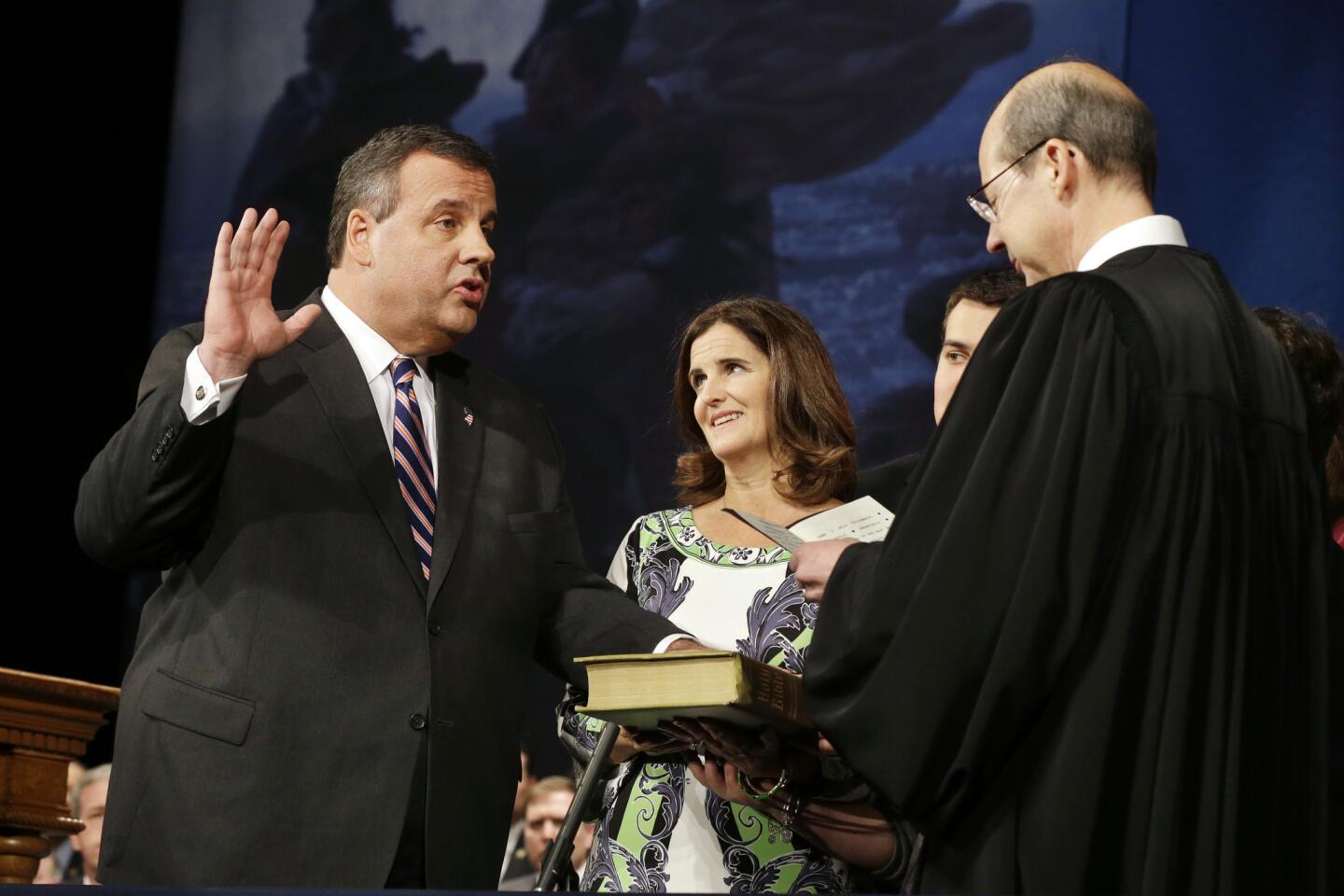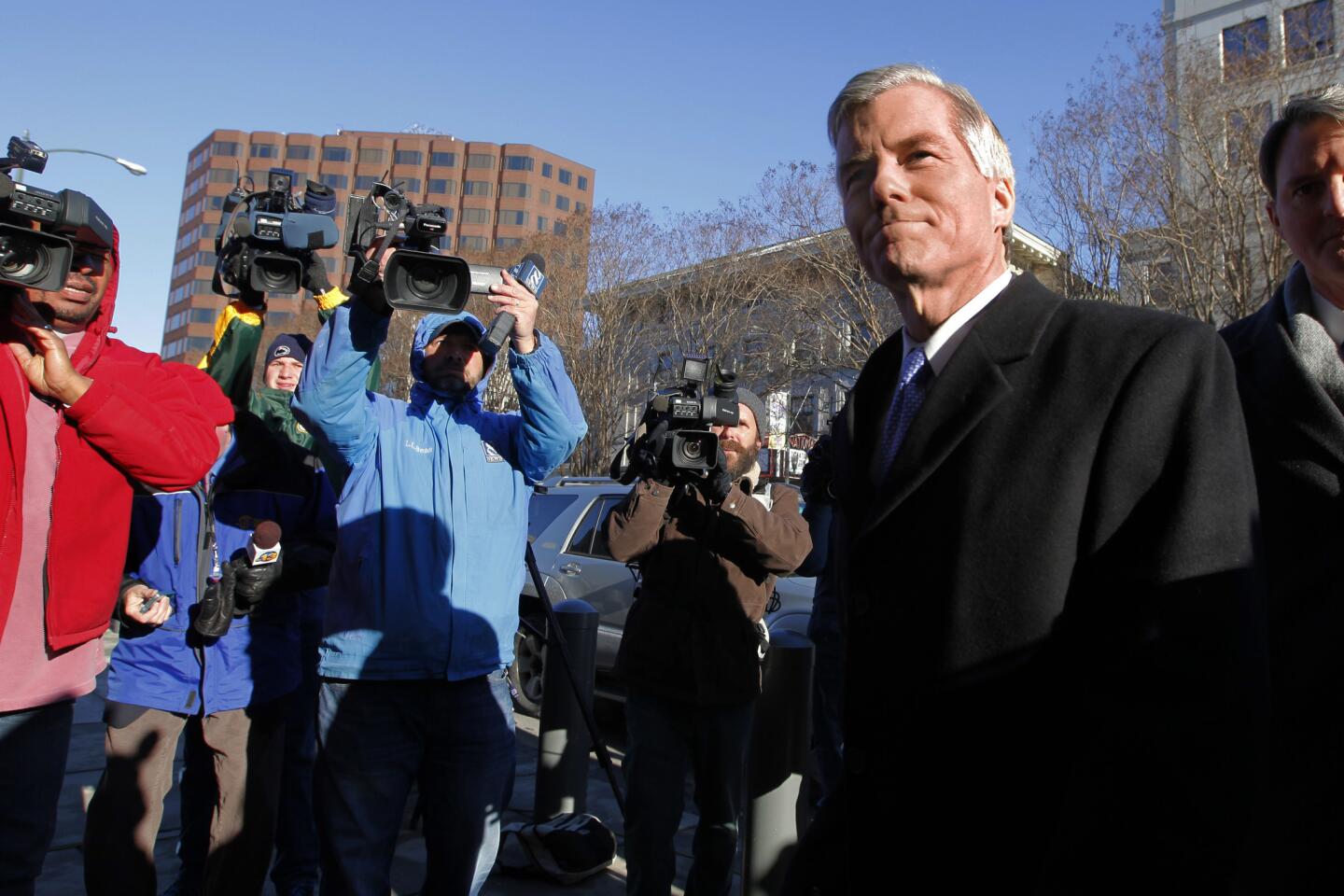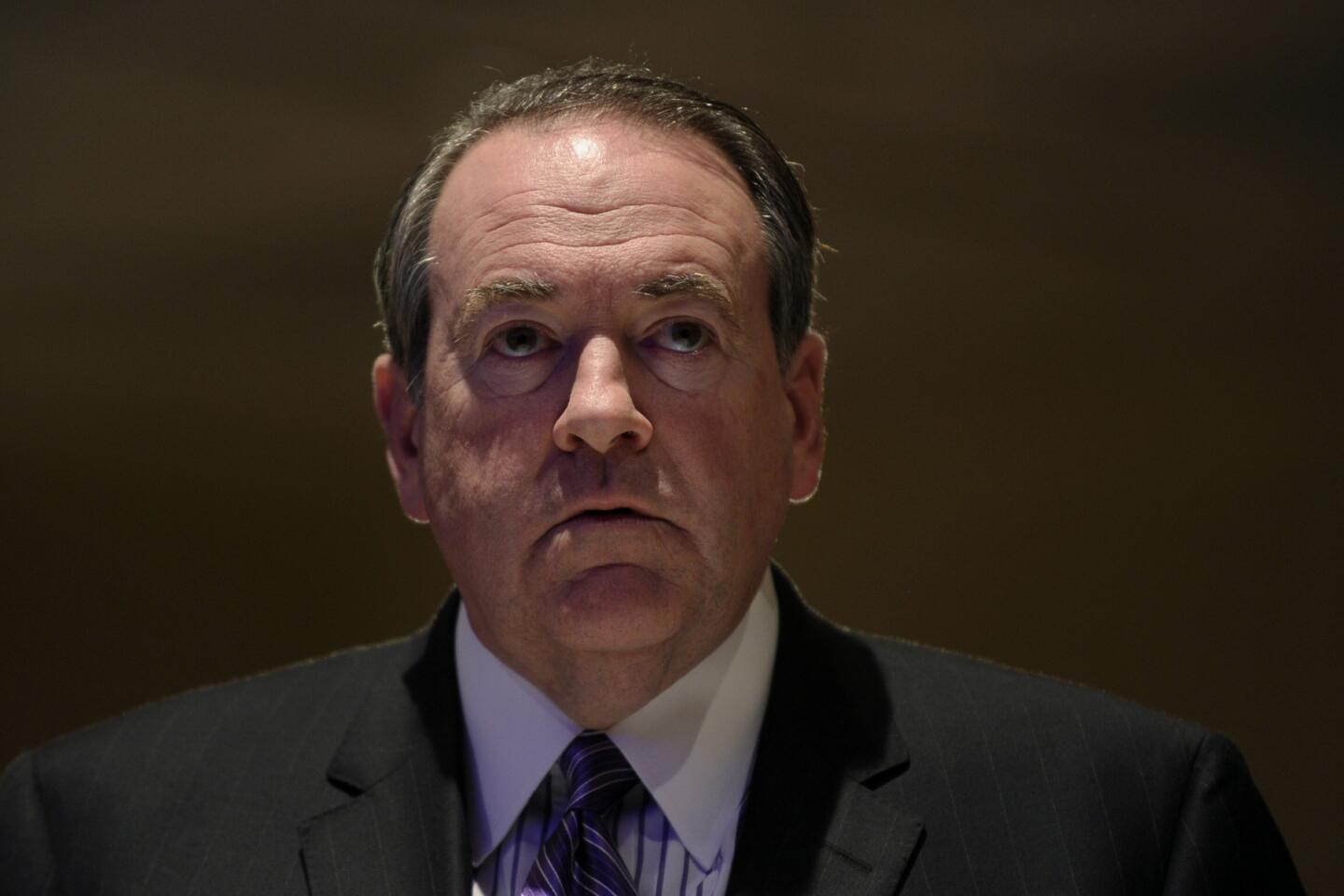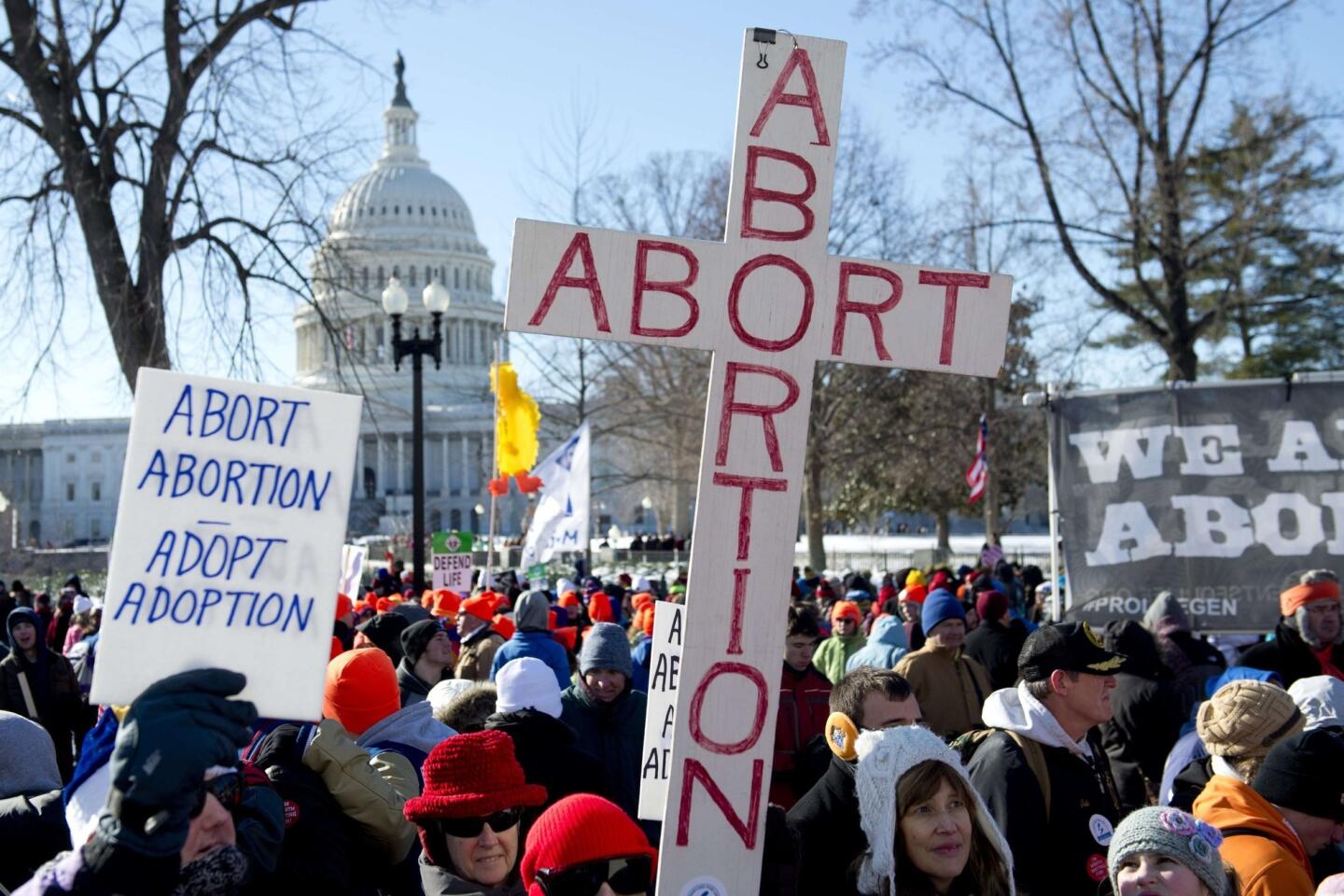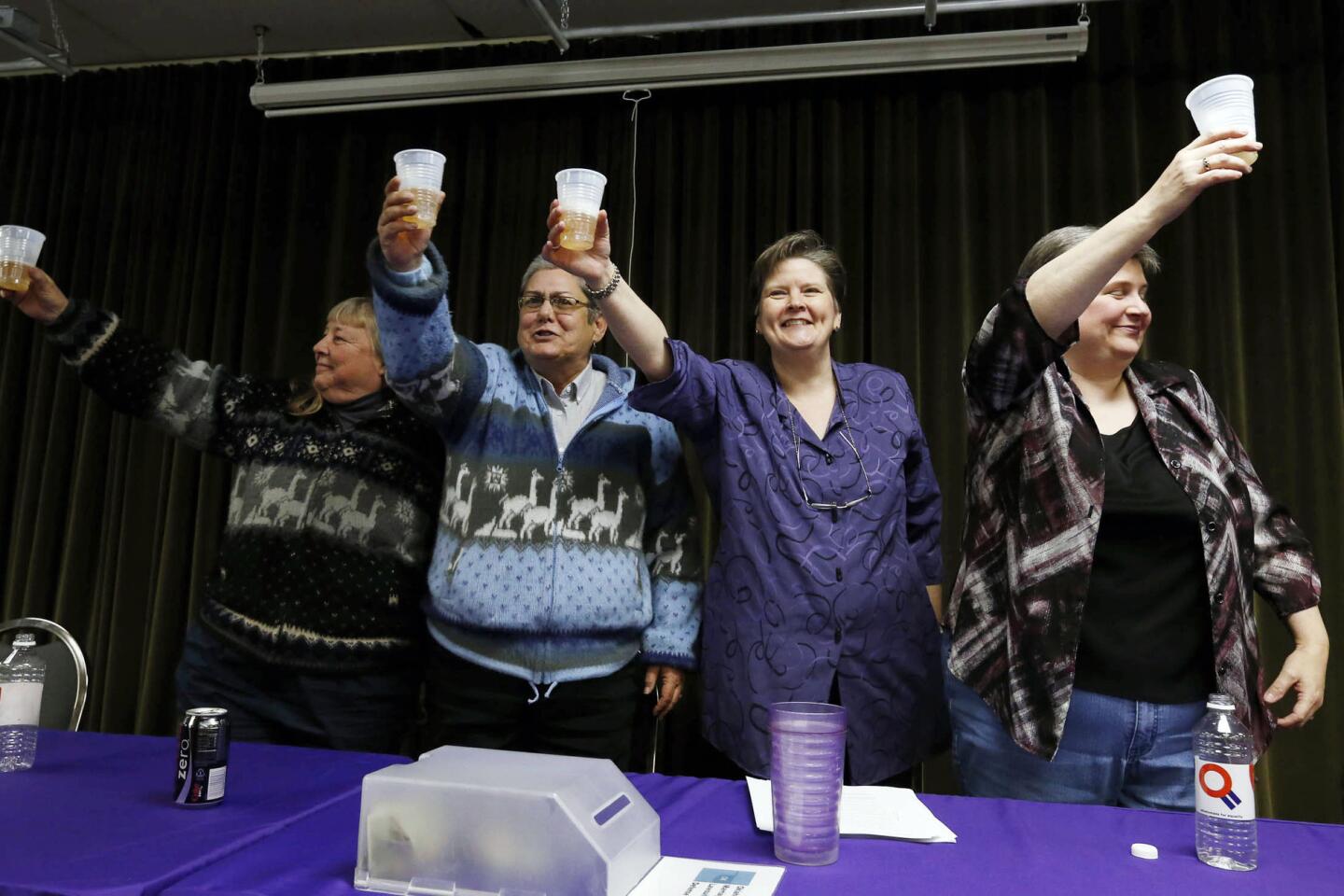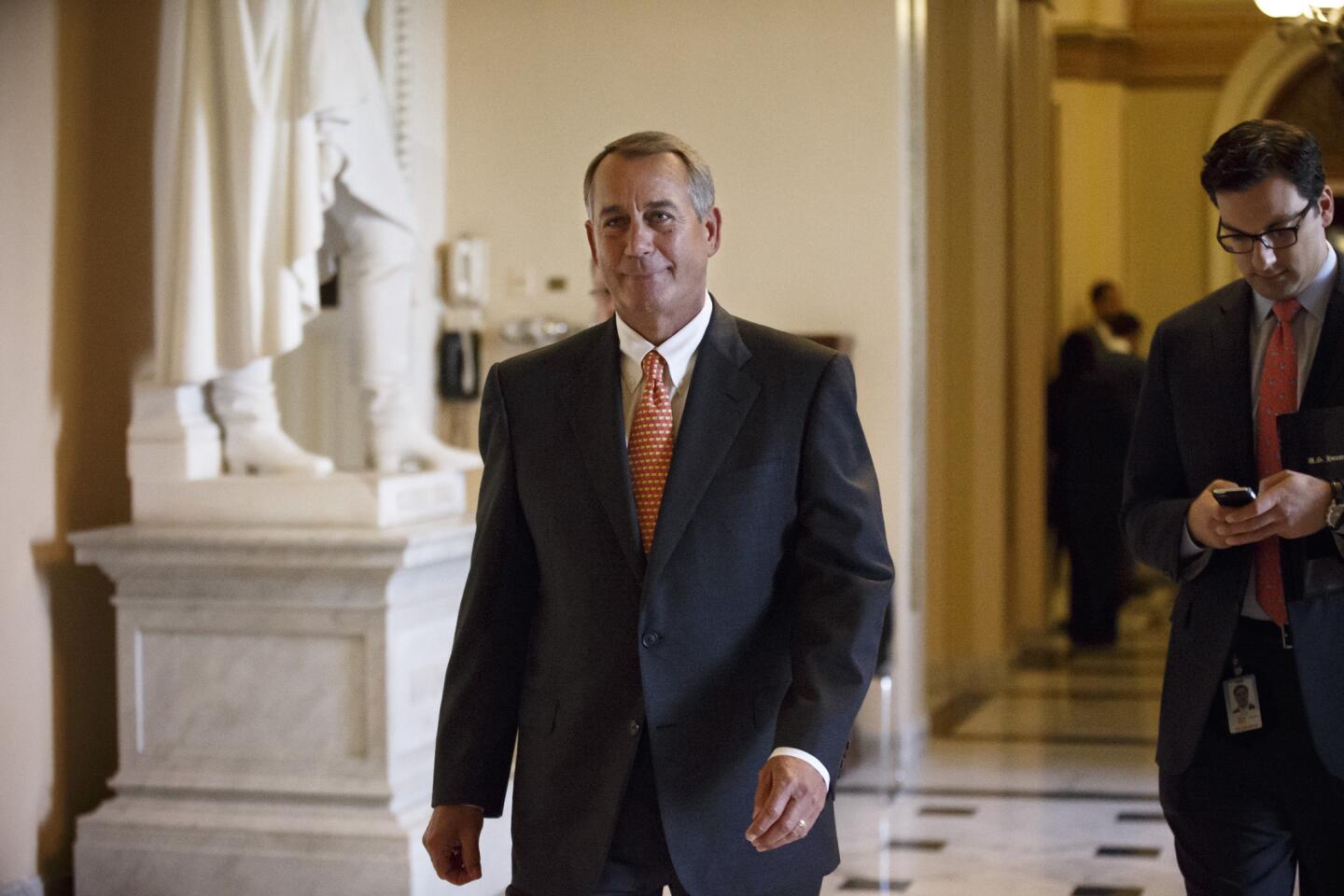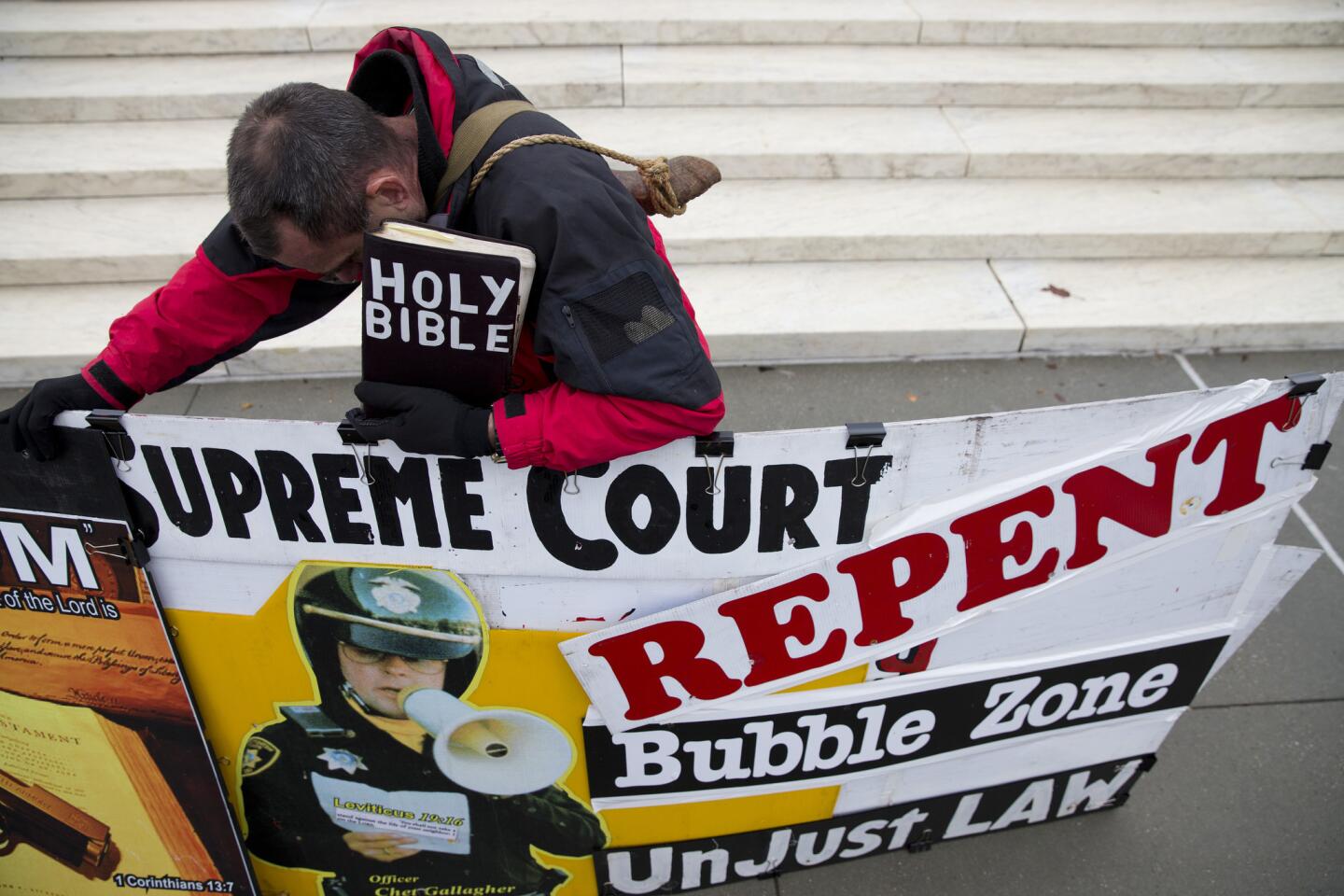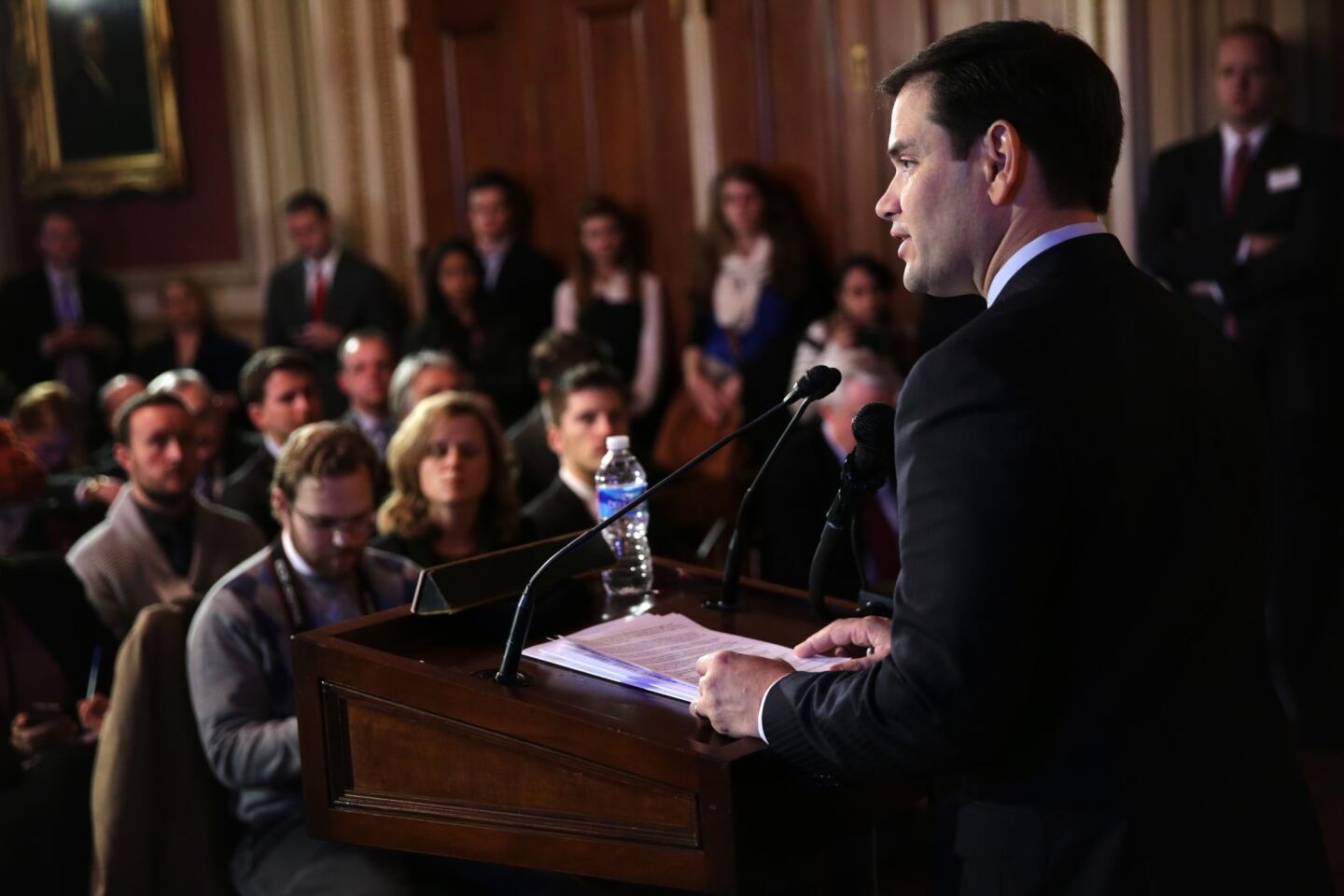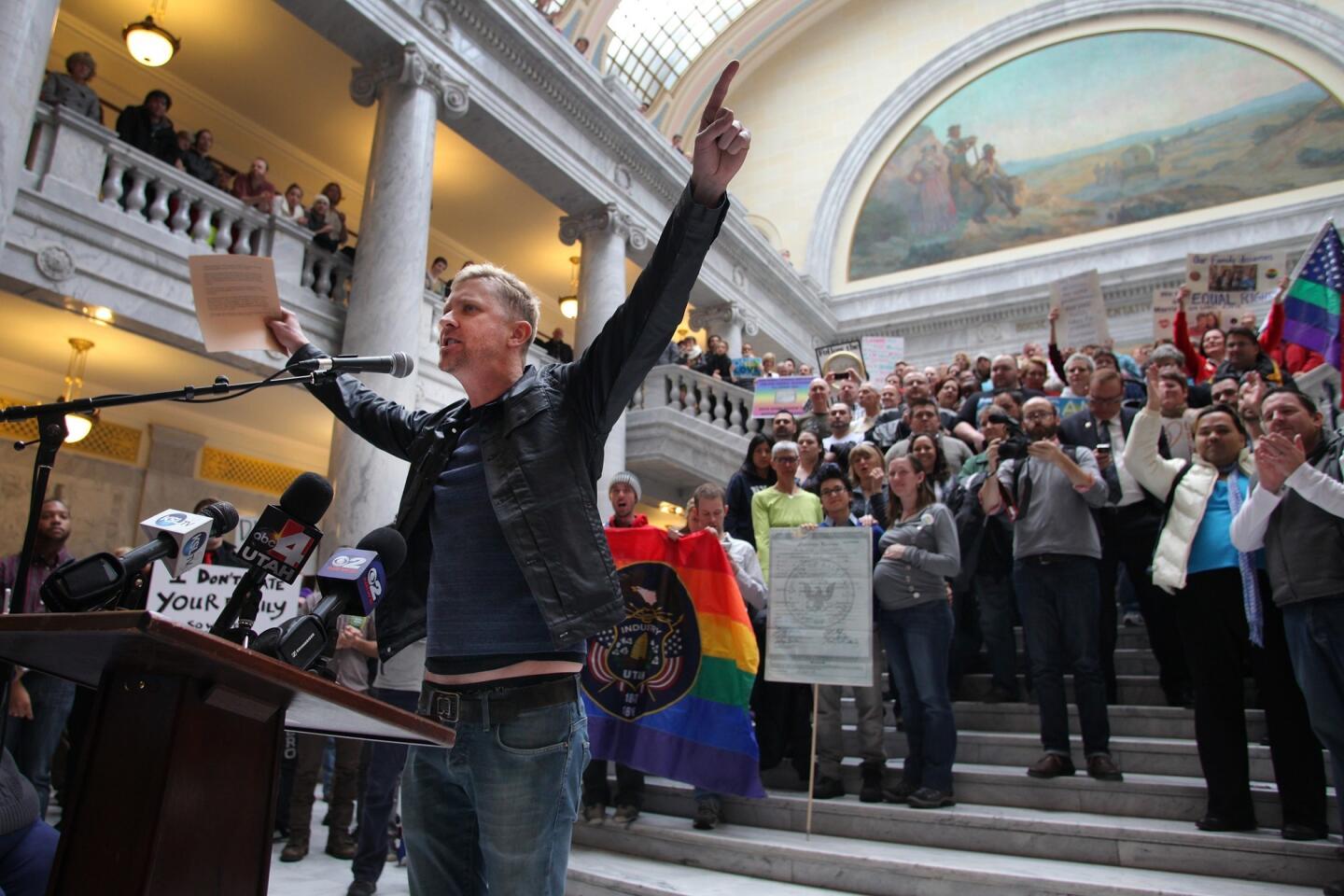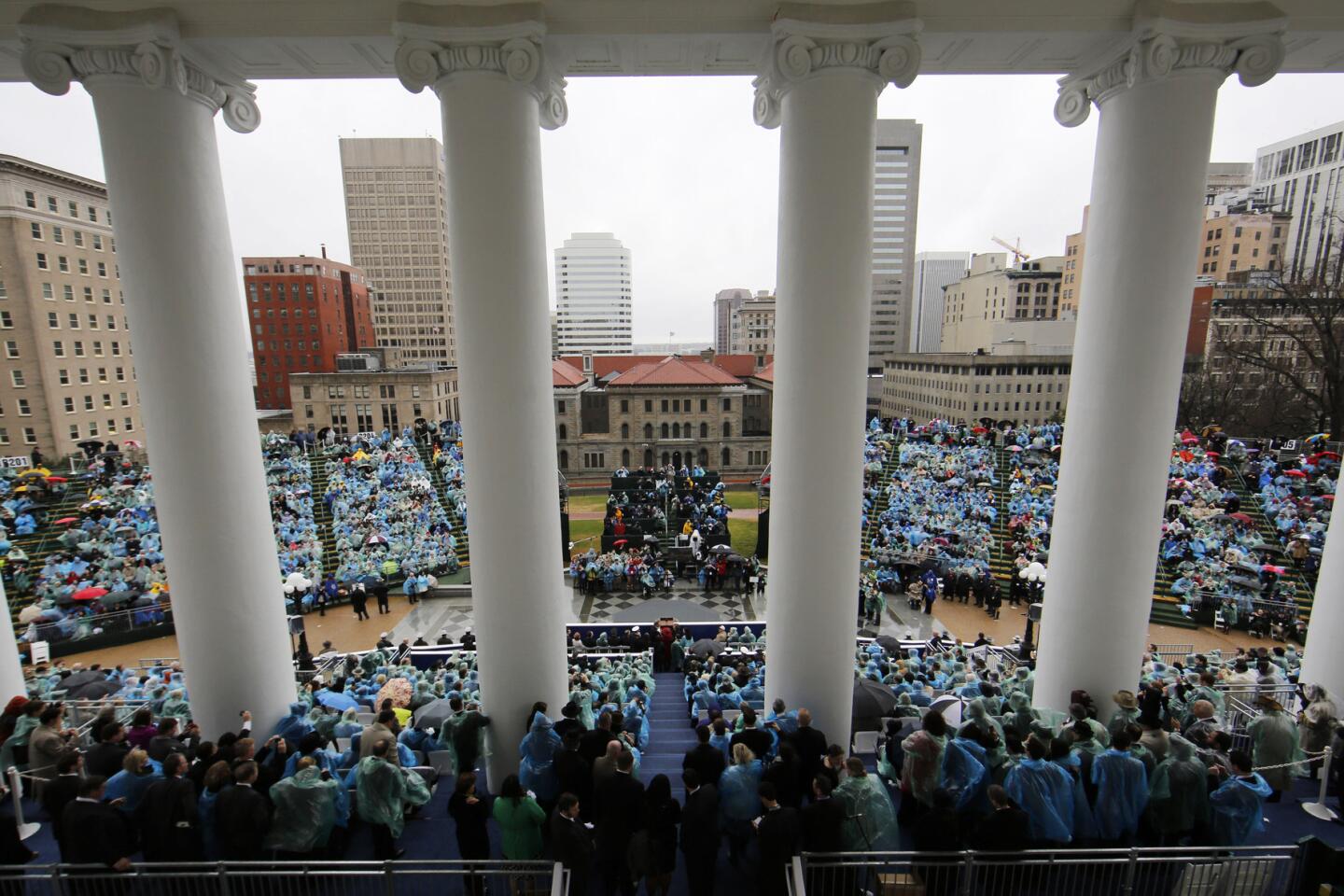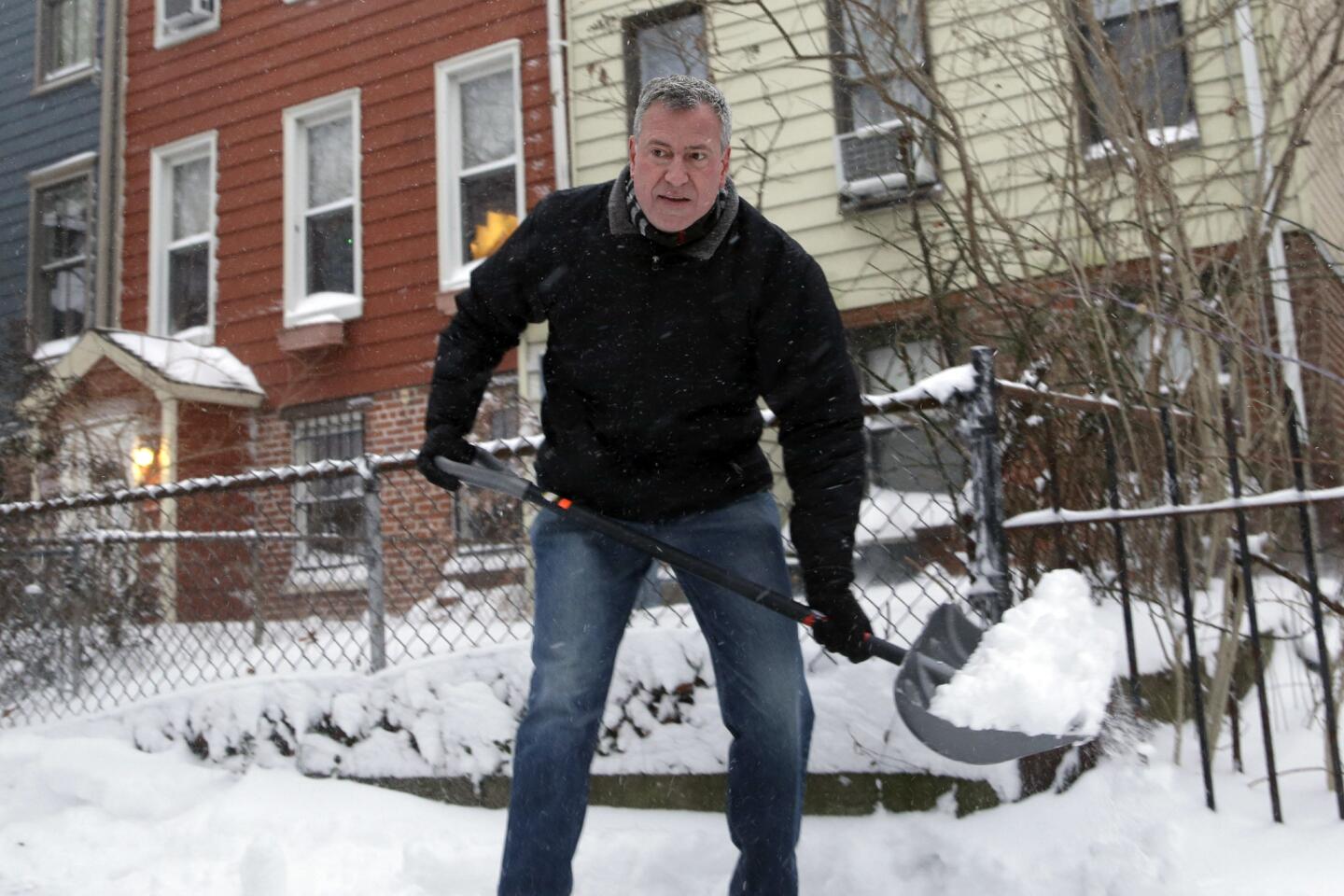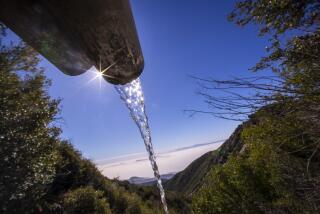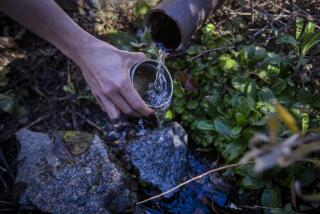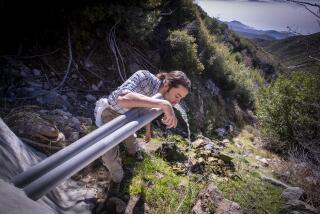Proposed fracking in national forest meets broad opposition
BRIDGEWATER, Va. — The headwaters of the Potomac River rise amid the hills and hollows of George Washington National Forest in Virginia. Small creeks dart past oak, white pine and hickory, become streams that nourish farmland and towns, and create a river that courses through two states and the nation’s capital.
About 4 million people depend on that water. For decades, the U.S. Forest Service identified preserving its purity as the top priority for the national forest. Now, the agency is considering allowing George Washington to become the first national forest to permit high-volume hydraulic fracturing, or fracking.
The million-acre forest sits on the eastern edge of the Marcellus shale formation, whose vast deposits of natural gas have touched off a drilling bonanza in Pennsylvania and West Virginia.
All across the country, fracking’s risks and rewards have splintered communities. But the potential risk to George Washington National Forest’s water has drawn widespread opposition, including from most of the towns and counties nearby, members of Virginia’s congressional delegation and Washington’s mayor. The oil industry says any natural gas could be extracted with little harm to the national forest and its waters.
The dispute mirrors dozens around the country as hydraulic fracturing unlocks oil and gas previously considered out of reach. But this time, it has stirred concerns not only about water in rural communities, but also about the drinking water of one of the nation’s biggest metropolitan areas.
“The Potomac is our exclusive water source. We don’t have anywhere else to go for our drinking water if there’s a mistake or problem,” said George Hawkins, general manager of the District of Columbia Water and Sewer Authority. “And if there is, it would affect everyone at the [Environmental Protection Agency], every member of Congress.”
Neighboring West Virginia offers a preview of disruption when water becomes unusable, even temporarily. In that case, chemicals used to wash coal were found in the Elk River two weeks ago. For at least four days, nine counties could use tap water only to flush toilets.
In Virginia, counties such as Augusta and Rockingham near George Washington National Forest boast some of the state’s richest agricultural land, and many towns benefit from tourism tied to the forest.
“Local governments here are aware that their most important natural resource is their water,” said Nancy Sorrells, a historian of the region and former Augusta County supervisor.
On a mild winter morning, Sorrells and two lawyers from the Southern Environmental Law Center drove the narrow road that snakes up to the nearly 4,400-foot Reddish Knob, one of the highest points in Virginia. On one side of the windy summit, hardwood forest extends to the horizon.
If fracking were allowed, Sorrells and the lawyers noted, huge trucks would navigate the sinuous roads into the mountainous terrain, forest land would be cleared for pipelines and hilltops would be flattened for compressor stations.
Every decade or so, all national forests develop new plans to determine the best use of their resources. The draft plan released in 2011 for the George Washington forest would have effectively banned fracking.
After an outcry from industry, the Forest Service decided to reconsider. Aware of the complexity and contentiousness of the issue, the agency has delayed a final decision several times.
Fracking currently is permitted on only two Forest Service preserves, both in the West: Dakota Prairie National Grasslands in North Dakota and Pawnee National Grassland in Colorado.
“Minerals have always been a part of what we’ve been about, but we have to weigh if it’s appropriate to develop them in this forest with this set of conditions,” said Ken Landgraf, planning staff officer for George Washington National Forest. “The ‘why’ of considering fracking gets to the use of national lands. If we are developing energy in this country and making it more secure, shouldn’t national lands be part of the solution?”
Fracking involves injecting millions of gallons of water laced with sand and chemicals deep underground to crack shale formations and unlock oil and gas. The process is exempt from some parts of the Safe Drinking Water Act, and energy companies do not have to disclose the chemicals they use if they consider them trade secrets.
Technological advances would allow fracking in the forest while protecting its water, said Michael Ward, executive director of the Virginia Petroleum Council. He noted that the Forest Service could keep the most sensitive areas off-limits.
“Though there are no leases in or around the forest now, it seems unreasonable to lock up that whole area for another 15 years until the next forest plan,” he said.
Fracking’s effect on water supplies remains in dispute. Yet recent studies near fracking sites have discovered water contaminated by methane, arsenic and chemicals linked to infertility, birth defects and cancer.
Sarah Francisco, one of the Southern Environmental Law Center attorneys who rode up to Reddish Knob, said the possibility of fracking in the forest raised unsettling questions: Would the gas companies compete with municipalities for the forest’s water? Once it has been used in fracking, how would the highly contaminated water be disposed of, since local treatment plants could not handle it? Would methane from wells migrate into the water, as it has in parts of Pennsylvania? Would accidental spills of chemicals or wastewater taint the watershed?
The questions trouble Dave and Sharon Horn. Half of their 650 acres is wooded and merges into the George Washington National Forest. They raise beef cattle on the rest. They hike and hunt in the forest. A spring runs on the other side of Buck Hill by their house.
Like many of the area’s residents, Dave Horn’s family has lived by the forest for generations. He does not want the land and water disturbed, and the oil industry has failed to reassure him.
“They can say, ‘We’ll be very careful and do this and that,’ but there’s always potential for human error, and that leads to contamination,” he said. “And all this will affect people downstream too.”
Twitter: @neelaeast
More to Read
Sign up for Essential California
The most important California stories and recommendations in your inbox every morning.
You may occasionally receive promotional content from the Los Angeles Times.
